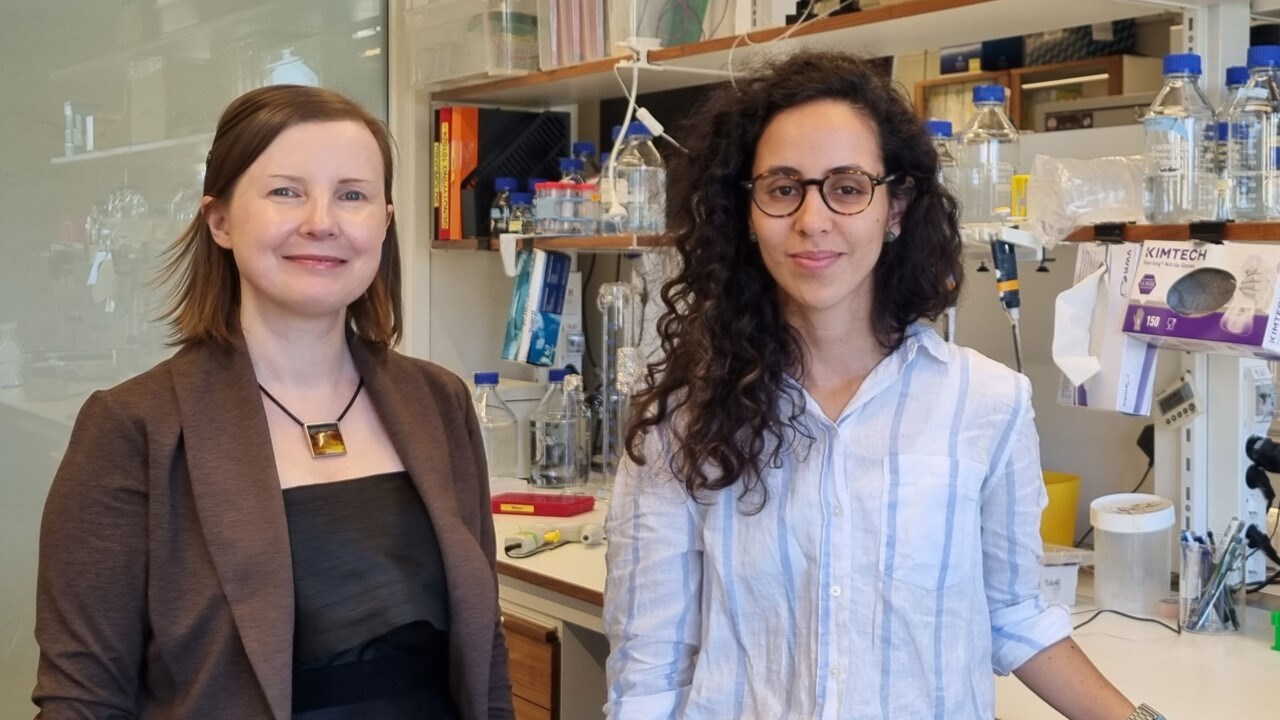About the scientific publication
Dysregulation of core neurodevelopmental pathways—a common feature of cancers with perineural invasion
Luz María González-Castrillón, Maud Wurmser, Daniel Öhlund, Sara Ivy Wilson
https://doi.org/10.3389/fgene.2023.1181775



